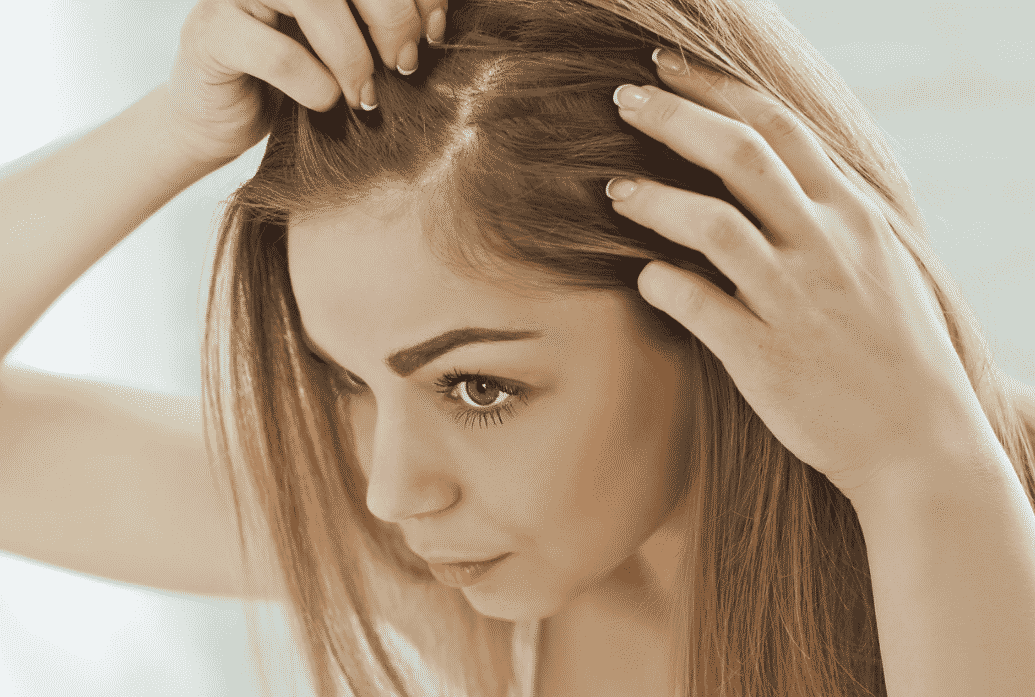Just like men, women are also prone to female pattern baldness, also known as alopecia. Learn how to identify and treat it.
Many don’t know, but alopecia known as baldness is not a problem exclusive to men. Even though you suffer less from the effects, female pattern baldness can affect around 50% of women. However, to different degrees.
Ultimately, hair problems can be caused by genetic factors or hormonal changes. Which can affect female self-esteem. Furthermore, the first signs of female pattern baldness may be lightening of the color of the hair and a decrease in hair thickness. Mainly on the top of the head.
Until it progresses to a reduction in the number of hairs, with areas appearing on the head without hair. Typically, baldness appears after the age of 40, due to the approaching menopause. However, it can appear at any stage of life, after puberty.
Finally, there are some treatments for female pattern baldness that help regulate female hormones. However, before starting any treatment it is necessary to identify the cause of the problem.
Female pattern baldness: how it manifests itself
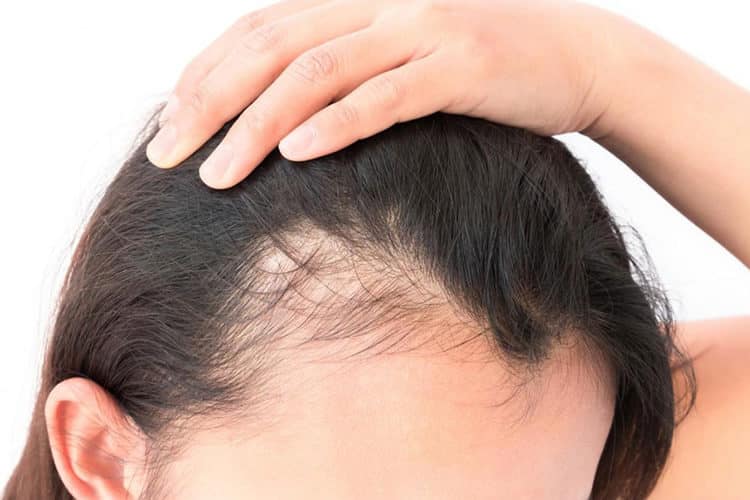
Hair has a natural growth cycle, which is divided into three phases: anagen, catagen and telogen. In short, the cycle comprises the birth of the thread, its stabilization and the fall. Then, the cycle begins again when another hair grows in the same place. Anyway, this hair loss is normal.
Therefore, you need to know how to identify when it is a natural hair loss or when it is female pattern baldness. Typically, we lose between 60 and 100 strands of hair per day. Therefore, excessive hair loss may be an indication that something is wrong.
Likewise, when you notice a reduction in hair volume or that the hair part is more open than usual, this may indicate the beginning of baldness. In this case, you need to see a specialist to identify the cause of hair loss and recommend the most appropriate treatment.
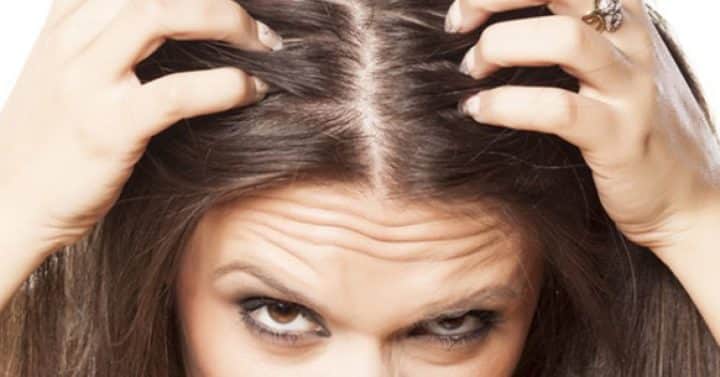
Finally, female pattern baldness can appear at any time after puberty, around the age of 20 and 25. However, symptoms become more evident as menopause approaches, around age 40.
Generally, the origin of hair problems is related to genetic factors, that is, it can be hereditary. On the other hand, it may be related to hormones. Some women are more sensitive to the hormone DHT, which is produced from testosterone.
Remembering that, despite being a male hormone, women also have it, however, in smaller quantities. And this hormone is responsible for reducing the number of cells that make up the hair. This way, the strands become thinner, and the hair follicle may even become extinct.
First signs
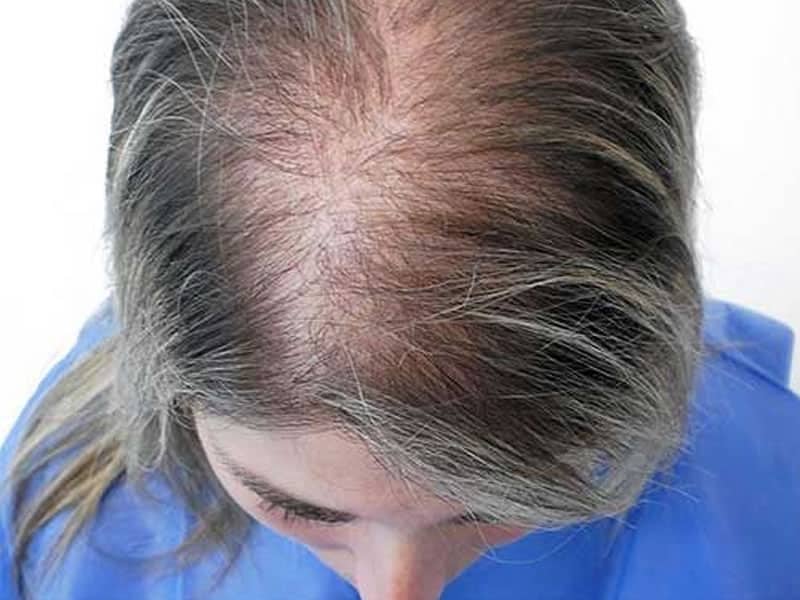
In short, to identify female pattern baldness you need to pay attention to the following signs:
- Hair loss more intense than usual;
- Reduction in the thickness of the hair;
- Lightening hair color;
- Reduction in the amount of hair, especially in the center of the head;
- Finally, the appearance of areas without hair on the head.
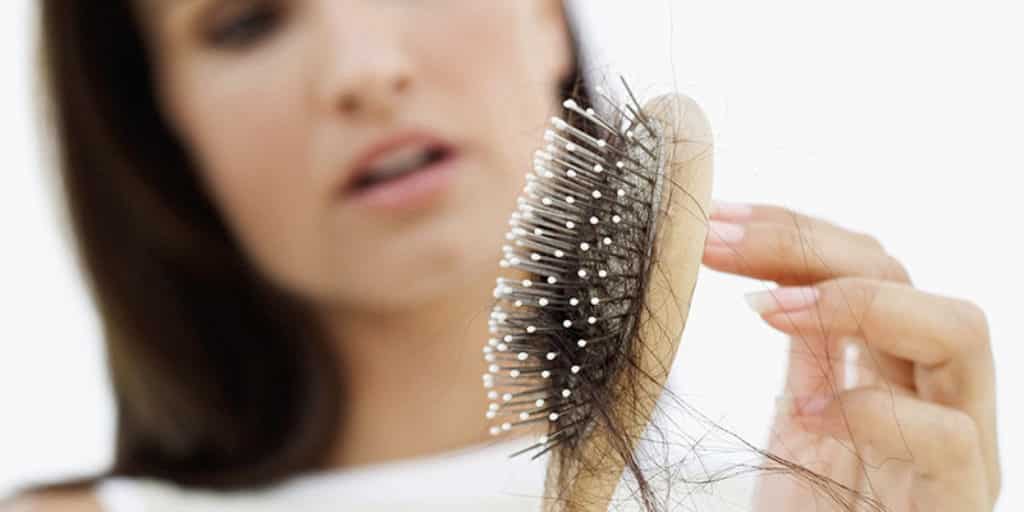
However, it is worth mentioning that other factors can contribute to hair loss and, consequently, female alopecia. For example, stress, the use of very hot straighteners and hairdryers and excessive use of chemicals on the hair. Which leave hair weaker and more brittle.
Just like hair, eyebrows can also lose their volume and appear gaps.
Female pattern baldness: treatment

Firstly, female pattern baldness must be diagnosed by a dermatologist. If it is found to be genetic factors, there are no treatments. Ultimately, there is a way to change.
Therefore, if you identify cases of alopecia in your family, it is recommended that you see a dermatologist to start treatment before your hair starts to fall out. It can delay the effects of baldness for up to 15 years.
In short, treatment involves:
- A balanced diet – rich in vitamins A, B12 and biotin. In addition to the minerals zinc and iron (meat, fish, eggs, milk and dairy products, peanuts and nuts), which help to strengthen and stimulate hair growth. Finally, if necessary, a nutritionist can recommend a vitamin supplement.
- Weight control.
- Reduction of seborrhea – washing your hair 3 times a week with suitable products. In addition to massaging the scalp well to activate the bloodstream, facilitating the transport of nutrients through the hair.
- Use of medications recommended by the doctor.
However, in addition to these treatments, the dermatologist may recommend some procedures for female alopecia.
Procedures for female pattern baldness
Low Intensity Lights

In short, photobiostimulation or photobiomodulation therapy aims to increase cellular activity. But, without harming the scalp. In this way, low-intensity lights promote analgesic, anti-inflammatory and healing effects.
The lights reach the mitochondria (structures located inside cells, responsible for energy production). Promoting increased energy production, which acts to stimulate hair growth, helping with female pattern baldness.
Laser 1550nm
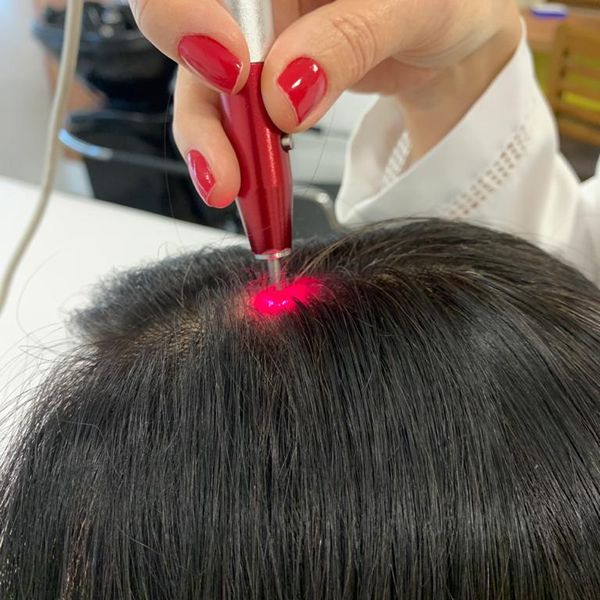
Laser therapy is widely used to treat female pattern baldness. Because, in addition to being safe, it is quick and effective for treating hair pathologies. In short, the laser works by stimulating hair strands to enter the anagen phase early. Since it is at this stage that the hair grows.
In this way, the therapy helps to increase the volume of hair present on the scalp. The hair bulb is stimulated and nourished, providing healthier and stronger hair.
Microneedling
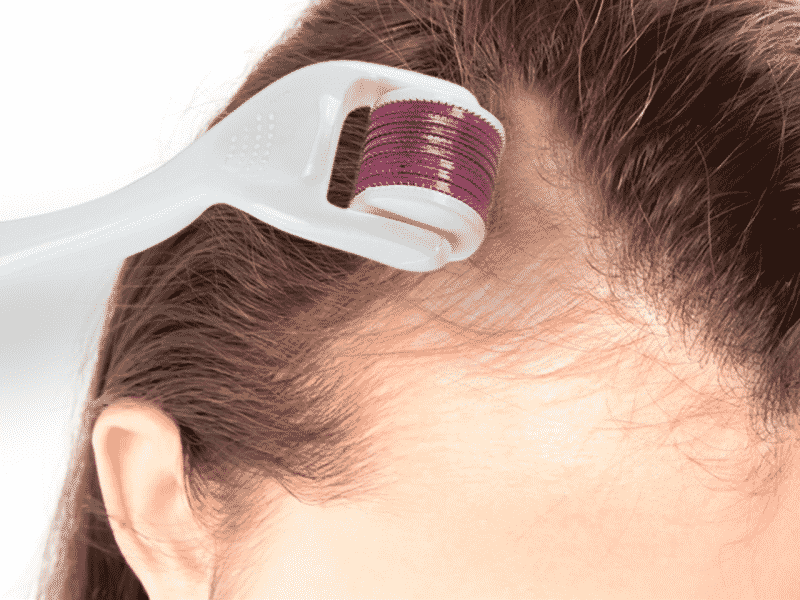
The microneedling procedure consists of using micro needles in the scalp, where tiny holes are made. In this way, the procedure acts to increase vasodilation and cell production. As a result, nutrients circulate more easily in the scalp region.
Furthermore, the procedure is also indicated for the infusion of medications and substances into the scalp, to promote the stimulation of hair growth.
Capillary intradermotherapy
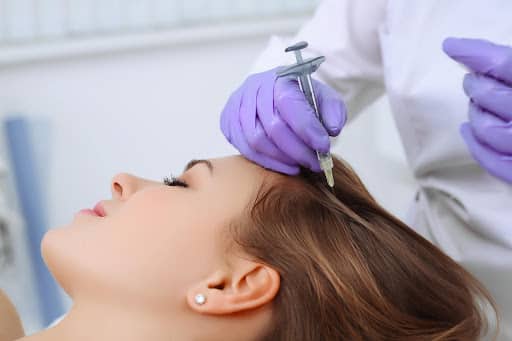
In short, hair intradermotherapy consists of applying medications and substances to the scalp. The objective of which is to improve blood circulation in the region. Making medications and nutrients circulate more easily, providing hair growth and strengthening. In this way, helping to combat female baldness.
Trichoscopy

Furthermore, trichoscopy is a very important exam for evaluating hair strands and the scalp. In short, it is an examination carried out with a videodermatoscope. Recommended for diagnosing and observing the area affected by female baldness. Likewise, the examination can be carried out during treatment in order to monitor the results achieved.
Hair transplant
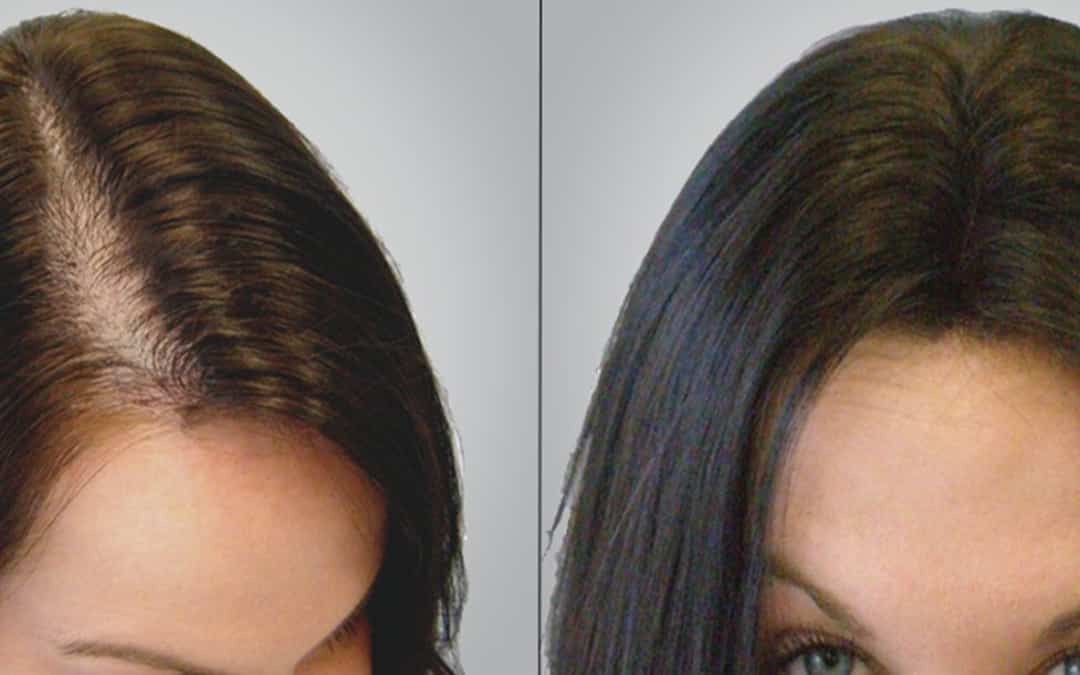
In addition to all the treatments and procedures mentioned, there is hair transplantation, a surgical procedure that is used when female baldness is already advanced. In other words, the hair follicle no longer exists, therefore, the hairs no longer grow there.
In short, the procedure consists of removing healthy hair from a specific region and implanting it where the alopecia is present. Therefore, hair transplantation is more advantageous as it permanently resolves female baldness.
Ultimately, whatever the cause of female baldness, it is essential to detect and treat it early. This way, the effects of alopecia can be minimized.
So, if you liked this article, find out more about the subject at: Scalp – Associated problems and necessary care.

Sign up for our newsletter and stay up to date with exclusive news
that can transform your routine!
Warning: Undefined array key "title" in /home/storelat/public_html/wp-content/plugins/link-whisper-premium/templates/frontend/related-posts.php on line 12
Warning: Undefined array key "title_tag" in /home/storelat/public_html/wp-content/plugins/link-whisper-premium/templates/frontend/related-posts.php on line 13

